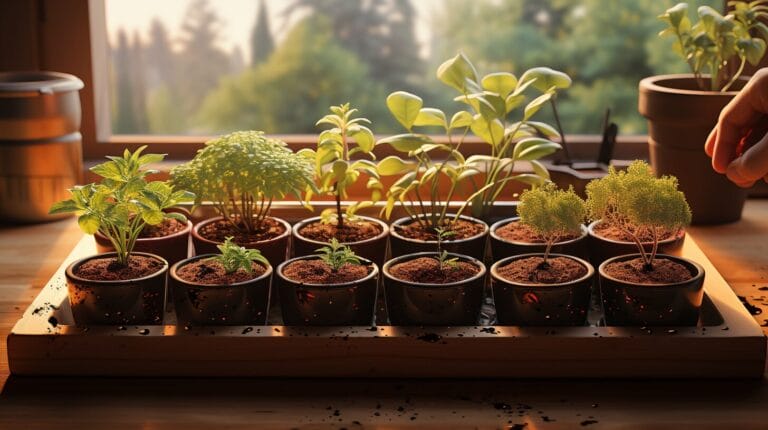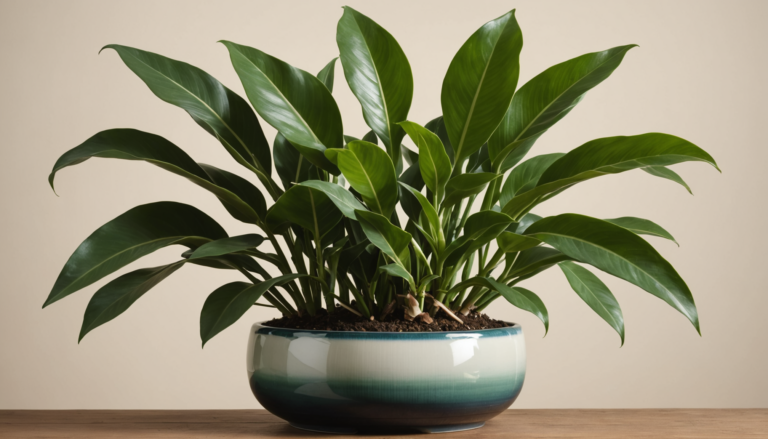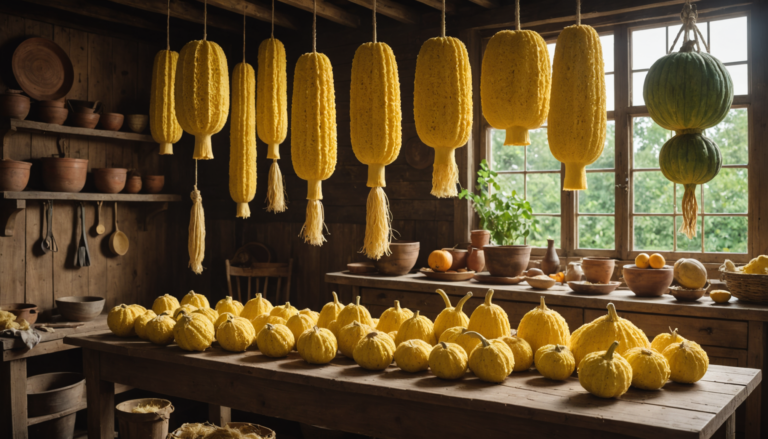Exploring the mutual relationship between coffee grounds and houseplants, we uncover a myriad of opportunities for transforming indoor gardening. The unassuming coffee grounds, which are frequently overlooked, present a wealth of nutrients, providing an organic and environmentally-friendly option in place of chemical fertilizers.
Curious about transforming your houseplants with this simple kitchen byproduct? Let’s explore what houseplants like coffee grounds and how they can lead to a lush indoor garden.
Key Takeaways
- Enhance plant growth naturally with coffee grounds
- Provide essential nutrients and improve soil structure
- Understand plant preferences for gradual nutrient release
- Monitor soil pH and adjust usage for optimal benefits
Understanding the Use of Coffee Grounds in Indoor Plant Care

The benefits of coffee grounds for indoor plants include improved soil structure, aeration, and essential nutrients like nitrogen, potassium, and magnesium. These elements are particularly beneficial for acid-loving plants that thrive in slightly acidic environments. Coffee grounds also help retain moisture in the soil, aiding moisture-loving plants.
Incorporating coffee grounds into compost, potting mix, or as a liquid fertilizer ensures that plants receive the nutrients they need for optimal growth. Understanding the science behind this practice is crucial for successful indoor plant care.
Identifying Houseplants that Like Coffee Grounds
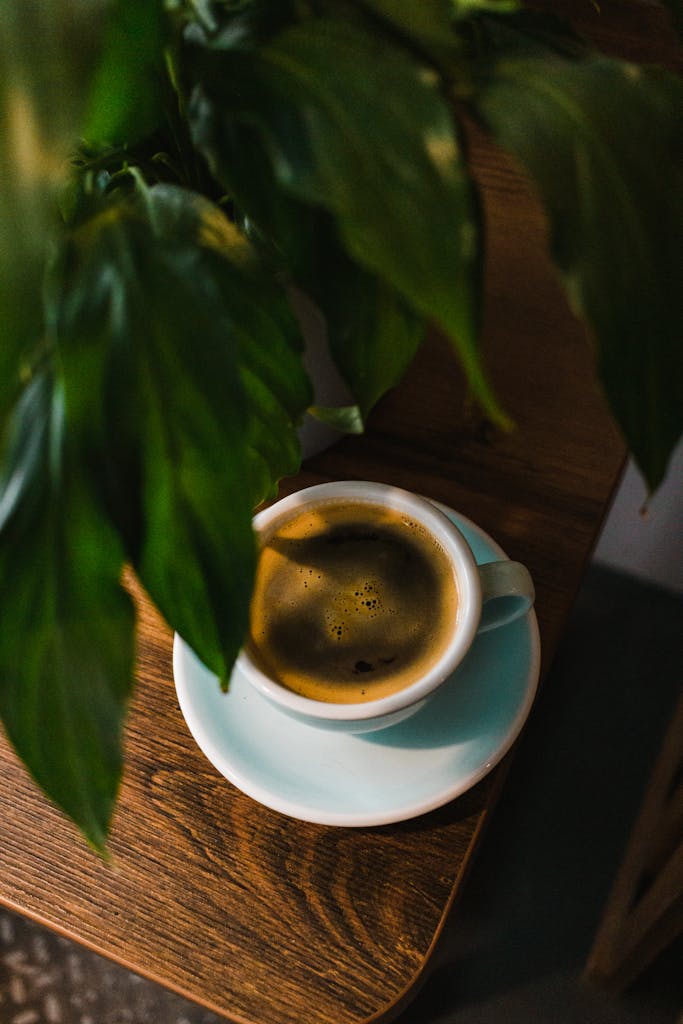
Popular houseplants such as the jade plant and the snake plant benefit significantly from coffee grounds. These plants appreciate the nitrogen, potassium, and magnesium in the grounds, as well as the improved soil aeration and structure.
To further identify suitable houseplants, consider the following:
- Jade plant: Enjoys coffee grounds
- Snake plant: Flourishes with coffee grounds
- Peace lily: Benefits from coffee grounds
- Spider plant: Responds well to coffee grounds
- Pothos: Thrives with coffee grounds
How to Use Coffee Grounds for Indoor Plants

Properly preparing and applying coffee grounds is essential:
- Preparing coffee grounds: Distinguish between fresh and leftover grounds. Fresh grounds are generally more effective.
- Applying coffee grounds: Sprinkle a thin layer on top of the soil, avoiding over-fertilization.
- Avoiding over-fertilization: Start with a small amount and adjust based on plant response.
Using coffee grounds for houseplants can indeed offer several benefits as well as pose some risks. Here is an expanded view:
Benefits:
- Improving Soil Structure: Coffee grounds can help enhance soil texture by increasing organic matter content.
- Providing Essential Nutrients: They contain nitrogen, potassium, phosphorus, and other micronutrients that are beneficial for plant growth.
- Supporting Acid-Loving Plants: Acid-loving plants like azaleas, roses, and blueberries can thrive with the acidic nature of coffee grounds.
Risks:
- Increasing Soil Acidity: Coffee grounds are acidic and can gradually lower the pH of the soil, which might not be suitable for all plants.
- Altering Nutrient Balance: Excessive use of coffee grounds can disrupt the nutrient balance in the soil, affecting plant health.
- Attracting Pests: Coffee grounds can attract pests like ants and fruit flies if not managed properly.
Recommendations:
- Monitor Soil pH: Regularly check the pH level of the soil to ensure it remains within the suitable range for your plants.
- Adjust Usage: If you notice soil becoming too acidic, reduce the amount of coffee grounds or mix them with other organic matter to balance pH.
- Composting: Consider composting coffee grounds before using them to neutralize their acidity and release nutrients gradually.
- Variety of Use: Instead of relying solely on coffee grounds, incorporate other organic fertilizers to maintain a healthy soil environment.
By being mindful of these factors and taking necessary precautions, you can effectively harness the benefits of coffee grounds while minimizing potential risks to your houseplants.
Can I Use Coffee Grounds to Feed Plants Similar to Pothos?
Yes, you can use coffee grounds to feed houseplants similar to pothos. Coffee grounds are rich in nutrients like nitrogen and can act as a natural fertilizer. Simply sprinkle the coffee grounds on top of the soil, and the plants will benefit from the extra nutrients as the grounds decompose.
Expanding the Use of Coffee Grounds Beyond Indoor Plants
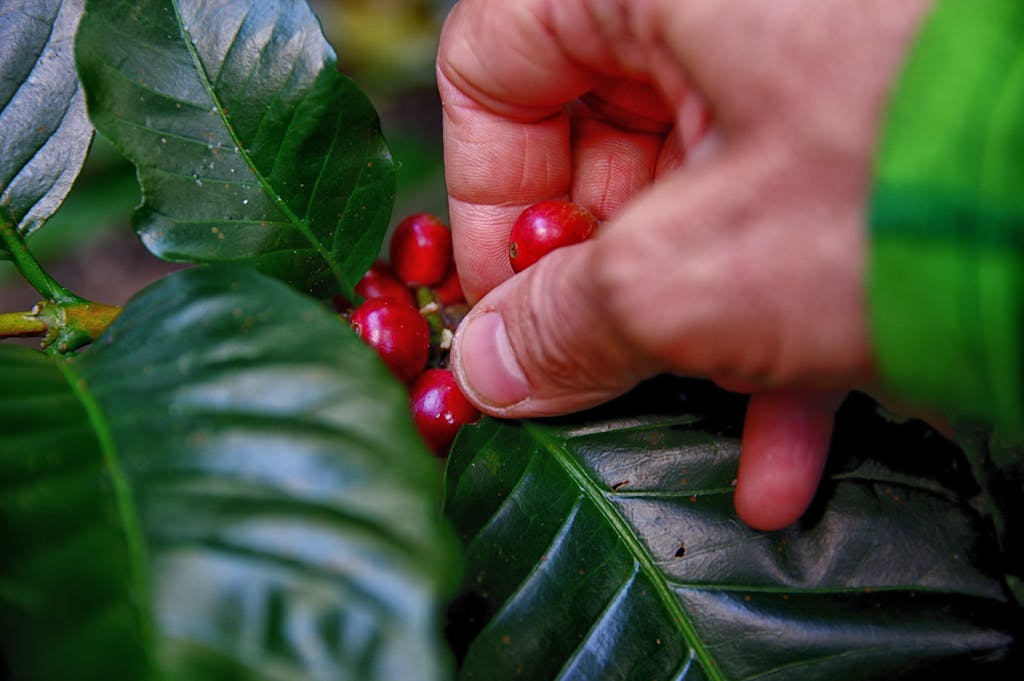
Coffee grounds are also beneficial for outdoor gardening, providing essential nutrients to plants like azaleas, rhododendrons, and blueberries. Composted coffee grounds can enhance soil structure, retain moisture, and create a favorable environment for beneficial microorganisms.
Conclusion
Embracing coffee grounds as plant food has significantly enhanced the health and growth of our houseplants. This practice not only benefits our indoor garden but also promotes sustainability. We’re excited to continue this eco-friendly approach and see our plants flourish even more in the future.
Frequently Asked Questions
what houseplants like coffee grounds?
Plants like jade plants, snake plants, and outdoor plants benefit from coffee grounds as fertilizer.
How are coffee grounds good for plants?
Coffee grounds contain nutrients like nitrogen, potassium, and phosphorus that help plants grow.
Can I use leftover coffee grounds for my houseplants?
Yes, leftover coffee grounds can be mixed into the soil of plants that like coffee grounds.
Are fresh coffee grounds beneficial for plants?
Yes, fresh coffee grounds can be added around plants to provide them with nutrients.
Which plants like coffee grounds as fertilizer?
Plants that love coffee include coffee plants, jade plants, and other plants that prefer acidic soil.


